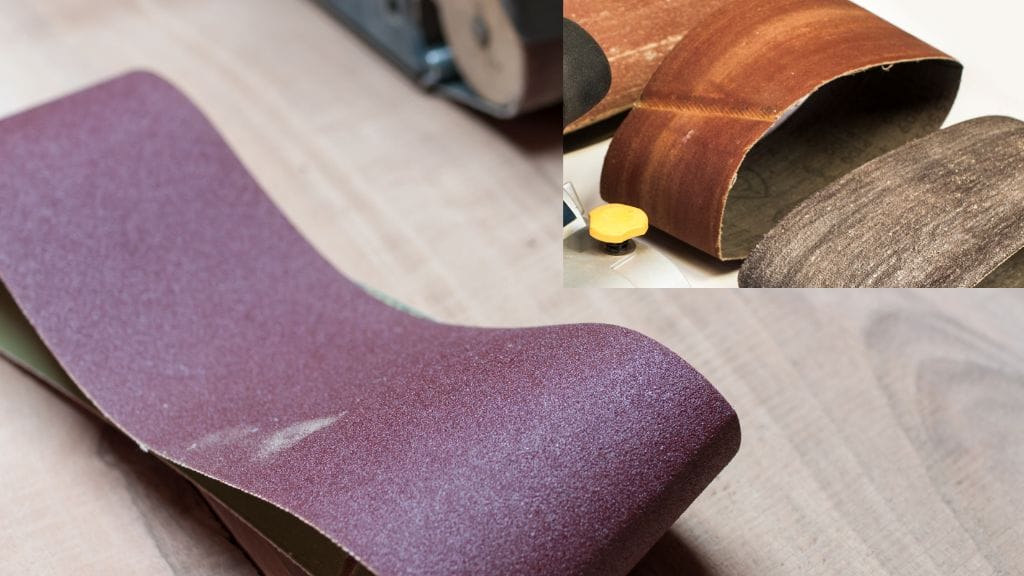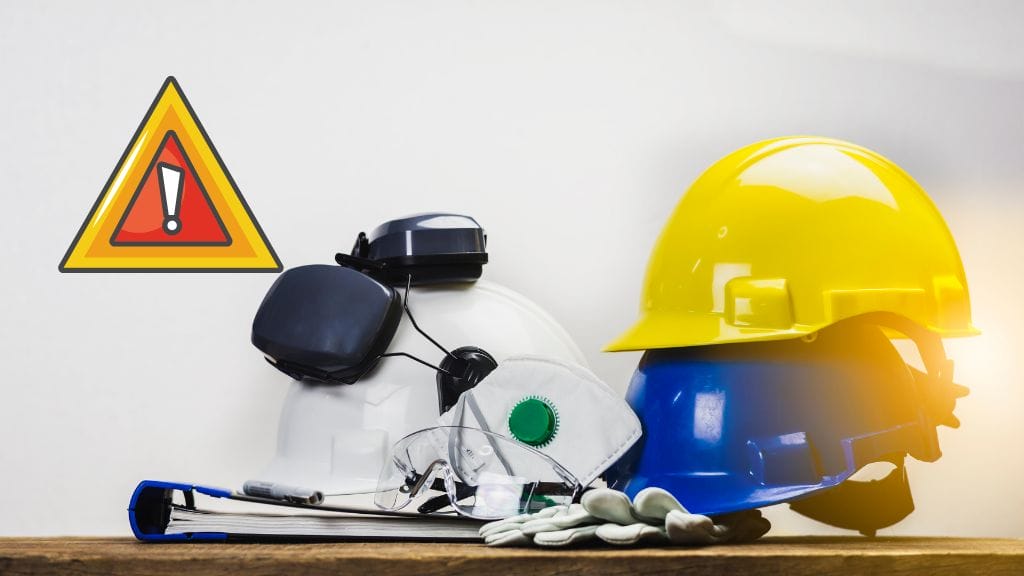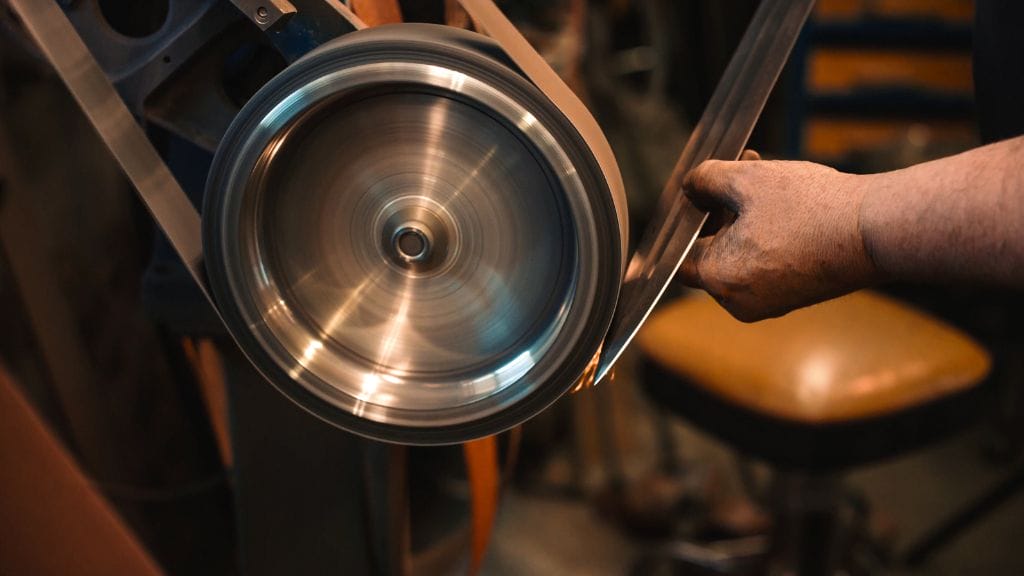
As a beginner, it can be difficult to know what belt sander for knife making you need to get started. With the cost of tools and materials going up, you don’t want to overspend on something you won’t use.
As a home knifemaker, you will need to shape the steel into the shape of the knife you want.
A belt sander is used to shape the blade and remove the excess steel.
The belt sander is somewhat of a power tool and can take care of any shaping and contouring of the steel.
On the other hand, you don’t want to make the wrong decision and buy something that isn’t suited for the job.
Why use Belt Sander for Knife Making
Knife making is an ancient craft. The first knives were made out of pieces of flint and other stones.
The blades were sharpened by rubbing them on a piece of wood, usually a piece of sandstone.
Today, in modern times, knives are made out of steel or other metals. A knife maker uses a number of tools to carve a knife out of a piece of metal, and one of those tools is a belt sander.
If you are making your own knives, you will need to grind and sand your blades.
While you can use a normal belt sander for this, a knife making belt sander is specifically designed to do the work for you.
- A belt sander is an essential tool for grinding the blade.
- With a knife making belt sander, you will have more control over your blade and the final product.
- The knife making belt sander is used instead of traditional grinding stones because it allows the knife maker to control the angle at which the blade is sharpened.
Traditional grinding stones can only be held in one position and sharpening a knife at an incorrect angle will cause the knife to be useless
Best Belt Sander For Knife Making
Knife making belt sander is a machine used for sanding the knife. It has a rod-like a grinding wheel.
It is used to sharpen the knife. There are many types of belt sander for knife making. It is available in different sizes.
The small belt sander is used for sharpening the knife and sanding the edges and points. The medium belt sander is used for sharpening the knife and smoothing the surface.
Basically, a belt sander is a sanding tool that consists of a long belt of abrasive material that is looped over a set of pulleys, along with a motor that spins the belt.
Sanding belts are available in a wide range of grits and can be used for many different applications such as shaping wood.
So if you are looking for a belt sander for knife making you will need to choose a belt sander that is strong.
When choosing a sander for knife making there are a lot of things to consider:
- The sander you choose will be the one you use for hours, possibly days on end, so comfort is definitely a factor.
- A sander’s weight is also a factor, as the lighter models are more likely to vibrate, which is not something you will want for delicate work like shaping a blade.
- Power is also something to consider when choosing a belt sander.
There are different types of belt sanders on the market, so it is important to know the type you want before you start shopping.
Belt Sander Grit for Knife Making

What kind of grinding grit do I need to sharpen my knife, and is there anything else I need to know?
You will need to buy Sandpaper belts to fit your sander. The belts will be labeled something like 36 grit, 60 grit etc.
The abrasive minerals embedded in the belts will vary in coarseness and hardness as the numbers go up. This is important when choosing a belt for belt sanding metal.
The belt you will need to grind your knife will be labeled 24 grit, 36 grit, or 60 grit. The grit you need will be determined by the manufacturer.
There are several sources for belt sanding belts. You can purchase them online or at your local hardware store.
How to use Belt Sander for knife making
The knife can be made with a belt sander with wood or metal, stone carving tools, a grinder, or even a drill press.
Here’s how to make one: Belt Sander Method:
- Start with a belt sander and a piece of wood.
- Make sure the sandpaper belt is not too narrow.
- Secure the belt sander,
- Make a jig to hold your knife,
- Secure the jig to the belt sander, and
- Run your belt sander at the correct speed.
You will need to practice on some scrap wood so you get the feel of the belt sander.
Safety Tips when using Belt Sander for knife making

When making knives, you’ll need to use a belt sander. Many people are tempted to use this tool without the necessary safety precautions, as it is a powerful device and can be tempting for those who have never used it before.
However, you shouldn’t just dive in without knowing how to use it. If you follow these steps, you’ll be able to use your belt sander without incident. Belt Sander Safety Tips:
- Make sure that you have all the necessary safety equipment. You will need eye protection, a dust mask and hearing protection.
- Wear protective clothing to avoid injury.
- Always plug your belt sander into an outlet before trying to use it.
- Before placing the sanding belt on your belt sander, be sure that the belt is the right size and is properly connected to the device.
Wielding a belt sander for hours on end may seem like an odd hobby, but it’s one that appeals to knife makers and woodworkers alike.
In Conclusion

It is easy to make your own knife with a belt sander. This is a simple project that only takes a few minutes to complete, and you will have a knife that is better than many store-bought options.
Belt sanders were cheap, powerful, and compact.